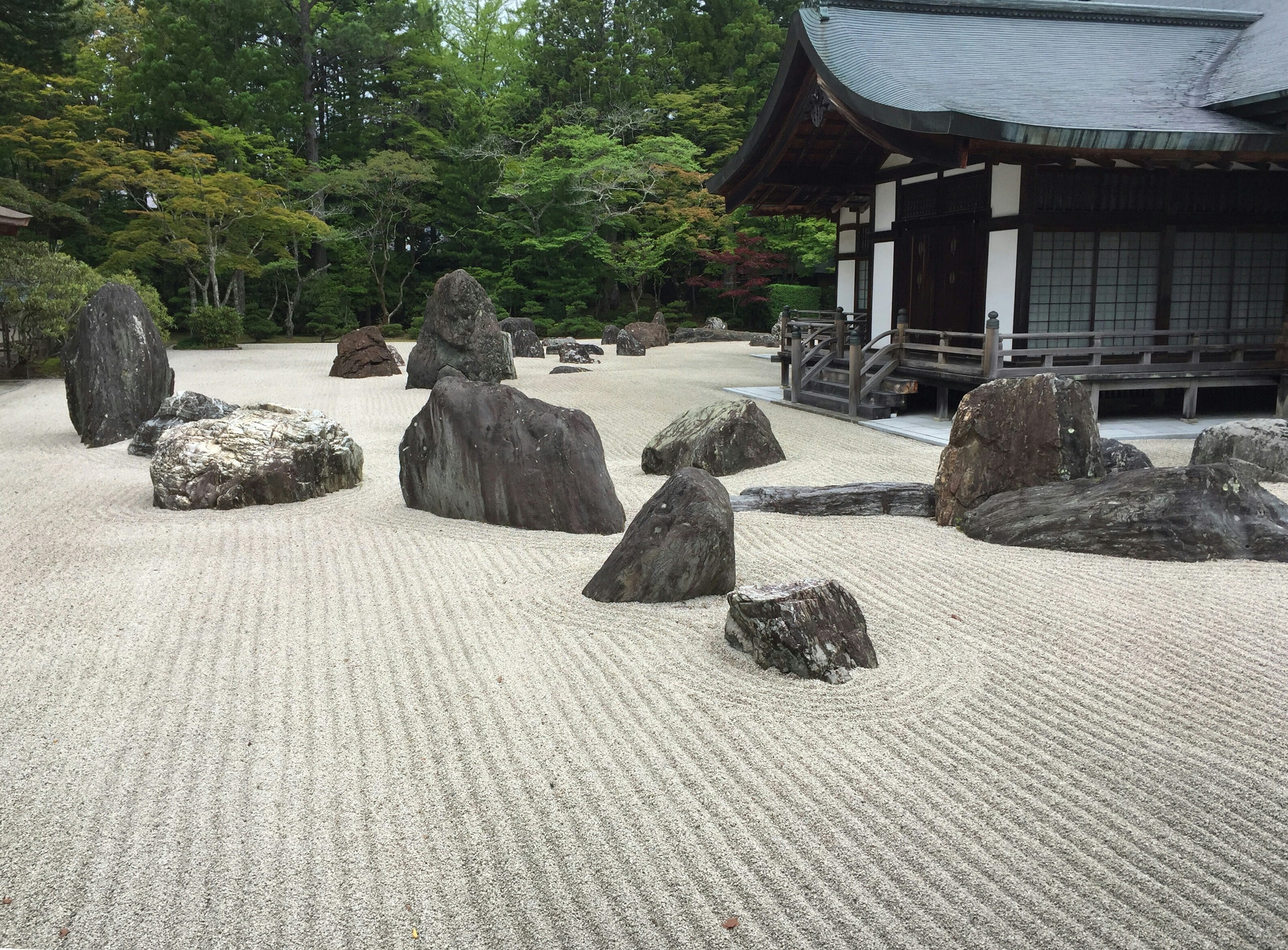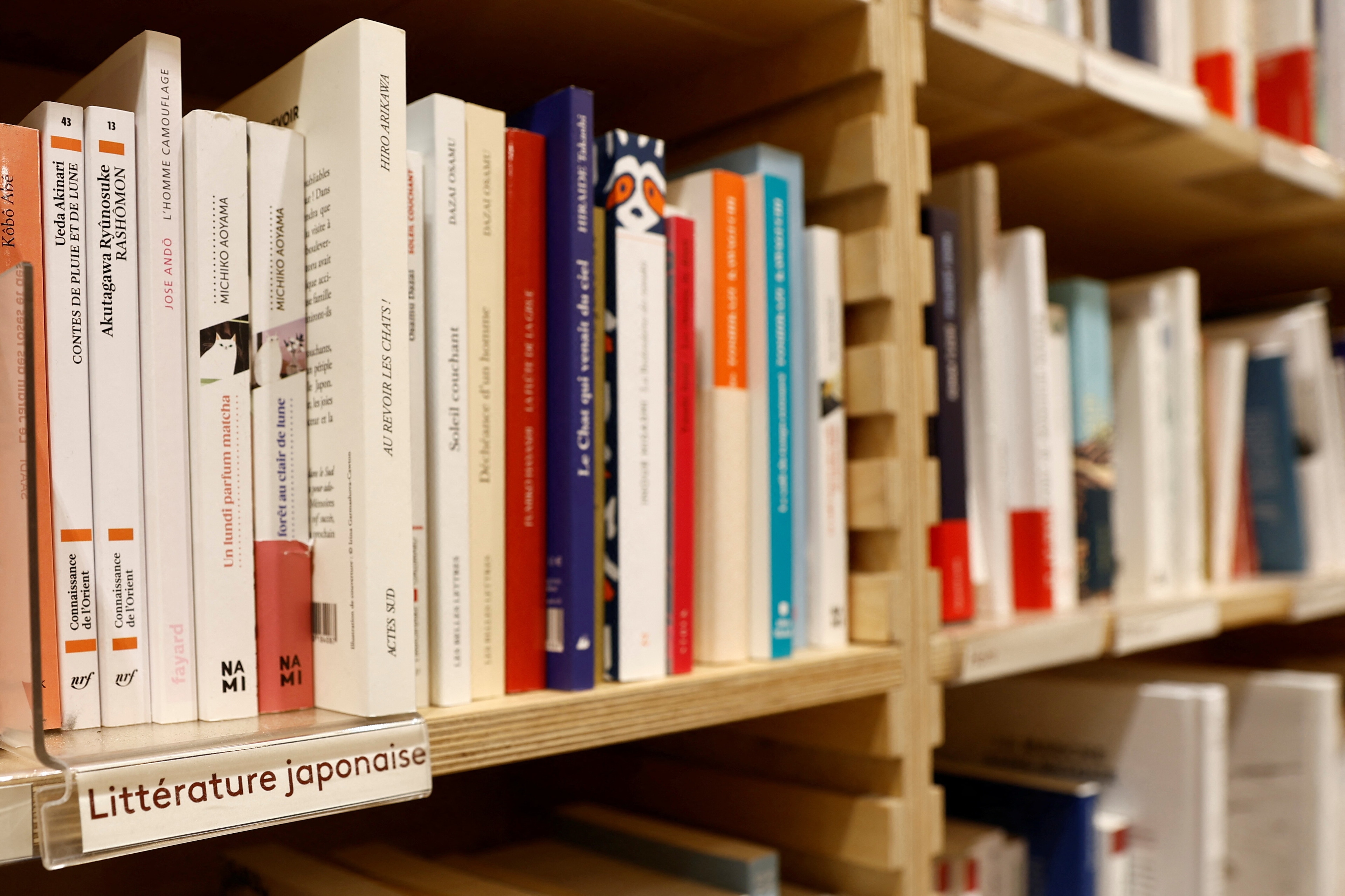Women of history who shaped the world, from a Hawaiian queen to a Chinese empress

Colour restoration of official portrait of Queen Liliuokalani.
Image: Digital work by Mark James via Wikimedia Commons
Stay up to date:
Arts and Culture
Correction: A previous version of this article included a mention of Saint Olga. We have removed this reference due to conflicting historical accounts.
For Women’s History Month, it is important to highlight the contributions of women across society. It is also important to remember women throughout history and understand that while many history texts would have us remember them simply as wives and mothers, women of the past were rulers, warriors and cultural leaders who shaped the world in indelible ways. Many of us are familiar with the likes of Elizabeth I and Catherine the Great, but here some other women the world should get to know a bit better.
Empress Theodora: saviour of the crown

A Greek Cypriot woman born in 497 to a bear-keeper and an actress, Empress Theodora worked on stage herself and also likely as a prostitute (a common side business for actresses at the time) before becoming the empress of the Byzantine Empire. She went on to become the wife of Justinian I and was considered by many at the time, and by historians now, to be a co-ruler of the empire.
In fact, many credit her with saving Justinian’s rule during a revolt where his advisers urged him to flee his capital. Theodora demanded he stay and save his crown, after which he dispatched the rebels and solidified control with Theodora by his side. As empress, she had a particular focus on improving the situation of women in the empire, reforming divorce laws in women’s favour, increasing the penalties for rape, punishing the trafficking of young girls and supporting the rights of sex workers.
Queen Liliʻuokalani: advocate for Hawaiian sovereignty

As the last queen of the Kingdom of Hawaii (and its only reigning queen), Queen Liliʻuokalani fought hard to maintain independence for her country in the face of American imperialism. An educated woman, she traveled the world to promote Hawaii's interests, even meeting the UK’s Queen Victoria at her Golden Jubilee.
She was an avid promoter of Hawaiian culture, writing the Aloha Oe, a song now synonymous with the tropical island chain. After an 1893 coup by American agitators and Hawaii's annexation by the US, Liliʻuokalani remained an advocate for Hawaiian sovereignty until her death. Her home in downtown Honolulu, Iolani Palace, is the only royal palace in the US.
Empress Wu Zetian: a singular Chinese monarch

The only woman to rule China in her own right starting in 690, Empress Wu Zetian was a highly effective leader during the Tang dynasty, China’s golden age. Her reforms inspired the structure of Chinese governments for generations after, and she built a strong imperial state. She shifted the emphasis for recruiting senior government officials away from personal ties to focus on education levels and intellect.
She also expanded the size of the empire and exercised great influence over neighbouring empires in Korea and Japan. Her economic policies brought great wealth to the country, and she was a patron of the arts and education. She also elevated the position of women in society and encouraged the study of the lives of prominent women to emphasise their importance to Tang society. She died an immensely popular ruler with a rich legacy.
Yaa Asantewaa: protector of Ghanian culture

Queen Mother Yaa Asantewaa of Ejisu in the Asante Empire, now modern-day Ghana, was a formidable woman who protected the most important elements of her culture from colonial invaders. When the British captured a group of Asante rulers in an attempt to fully subjugate them under imperial rule, they also demanded the Asante present them with the Golden Stool, a symbol of Asante royalty and the nation's most sacred object. Many of the male chiefs were prepared to accede to British demands, but Yaa Asantewaa refused, allegedly saying: “If you, the men of Asante, will not go forward, then we will. I shall call upon my fellow women.”
Yaa Asantewaa rallied her people and commanded the Asante’s troops during the final war of independence against the British in 1900 to prevent the domination of the Asante people and preserve the sanctity of the Golden Stool. In the end, the British were victorious, and even though she died in 1921, she was an influential figure in the nationalist movement of Ghana when it gained independence in 1957.
The Trung sisters: national heroines of Vietnam

The Trung Sisters, Trung Trac and Trung Nhi, are national heroines in Vietnam for rebelling against domination by the Chinese empire. Born around 1 AD, the Trung sisters were raised at a time of relative freedom for women in Vietnam where they could serve as judges and soldiers, and had equal rights over property and inherited land. During a time when the Chinese exercised relatively loose, but tightening, control over Vietnam, Trung Trac's husband was executed for disagreeing with the Chinese governor.
In the aftermath, the sisters raised an army of 80,000 people to eject imperial China. Commanding from elephant-back, their army, which included many women as well as their mother, drove the Chinese from northern Vietnam. The sisters ruled the country for three years until the Chinese invaded and retook Vietnam. Legend has it that rather than surrendering to the Chinese, the sisters committed suicide by jumping into a river.
Don't miss any update on this topic
Create a free account and access your personalized content collection with our latest publications and analyses.
License and Republishing
World Economic Forum articles may be republished in accordance with the Creative Commons Attribution-NonCommercial-NoDerivatives 4.0 International Public License, and in accordance with our Terms of Use.
The views expressed in this article are those of the author alone and not the World Economic Forum.
Forum Stories newsletter
Bringing you weekly curated insights and analysis on the global issues that matter.
More on Arts and CultureSee all
Elena Raevskikh and Giovanna Di Mauro
October 22, 2025
Alex Fergnani
October 14, 2025
Naoko Tochibayashi
September 30, 2025
Joseph Fowler
September 26, 2025
Elena Raevskikh and Giovanna Di Mauro
July 23, 2025
Benedict Singleton and Marta Ferreira de Sá
July 8, 2025





